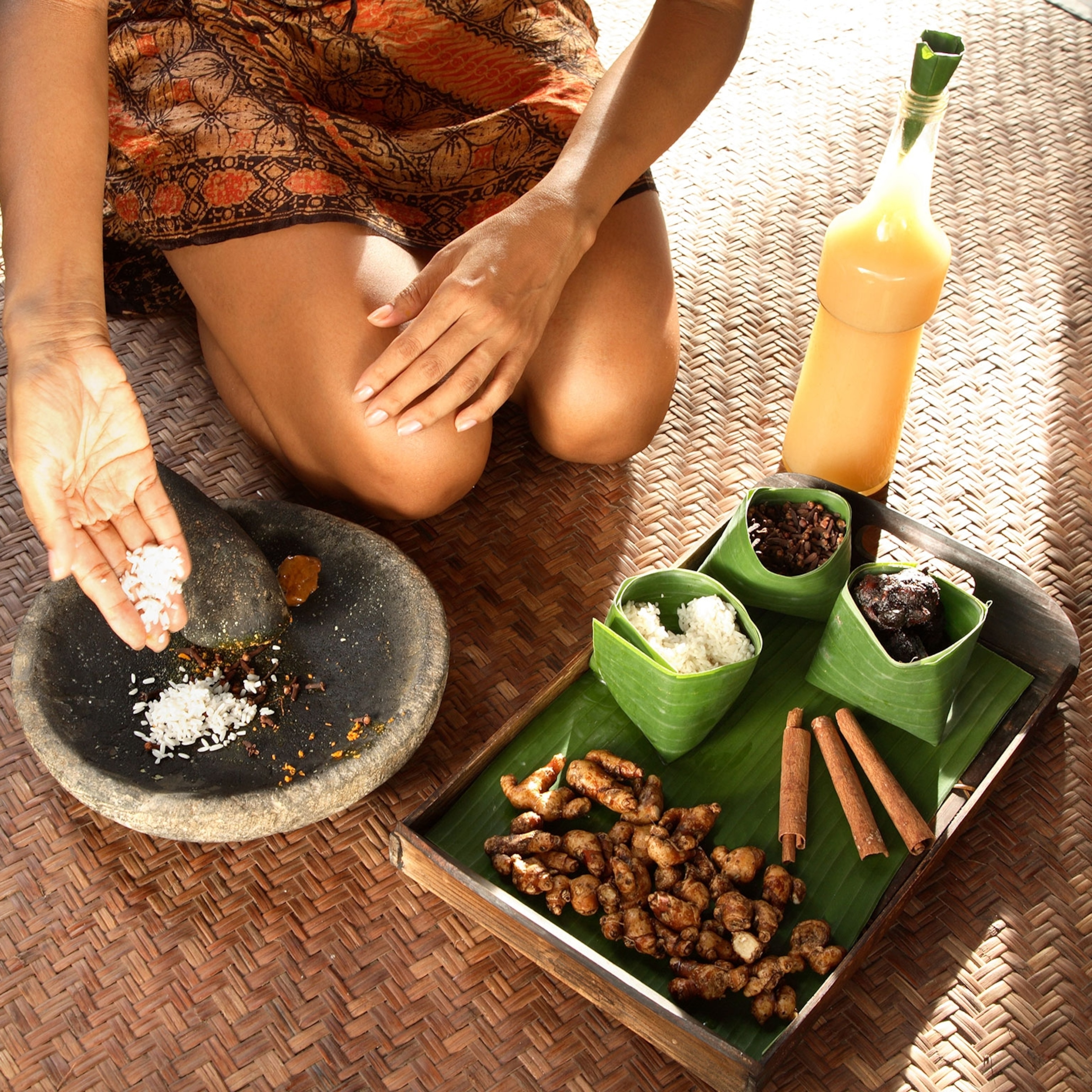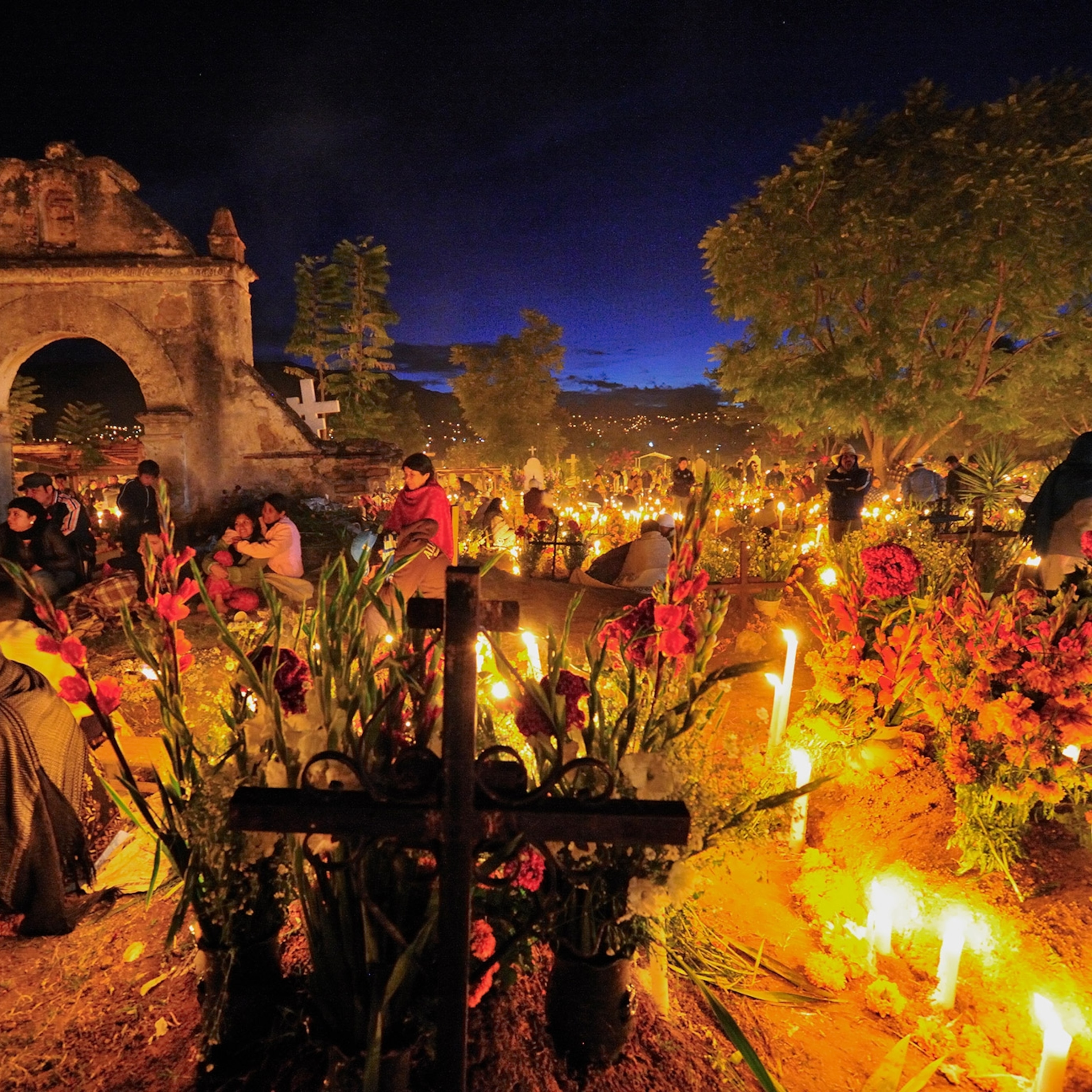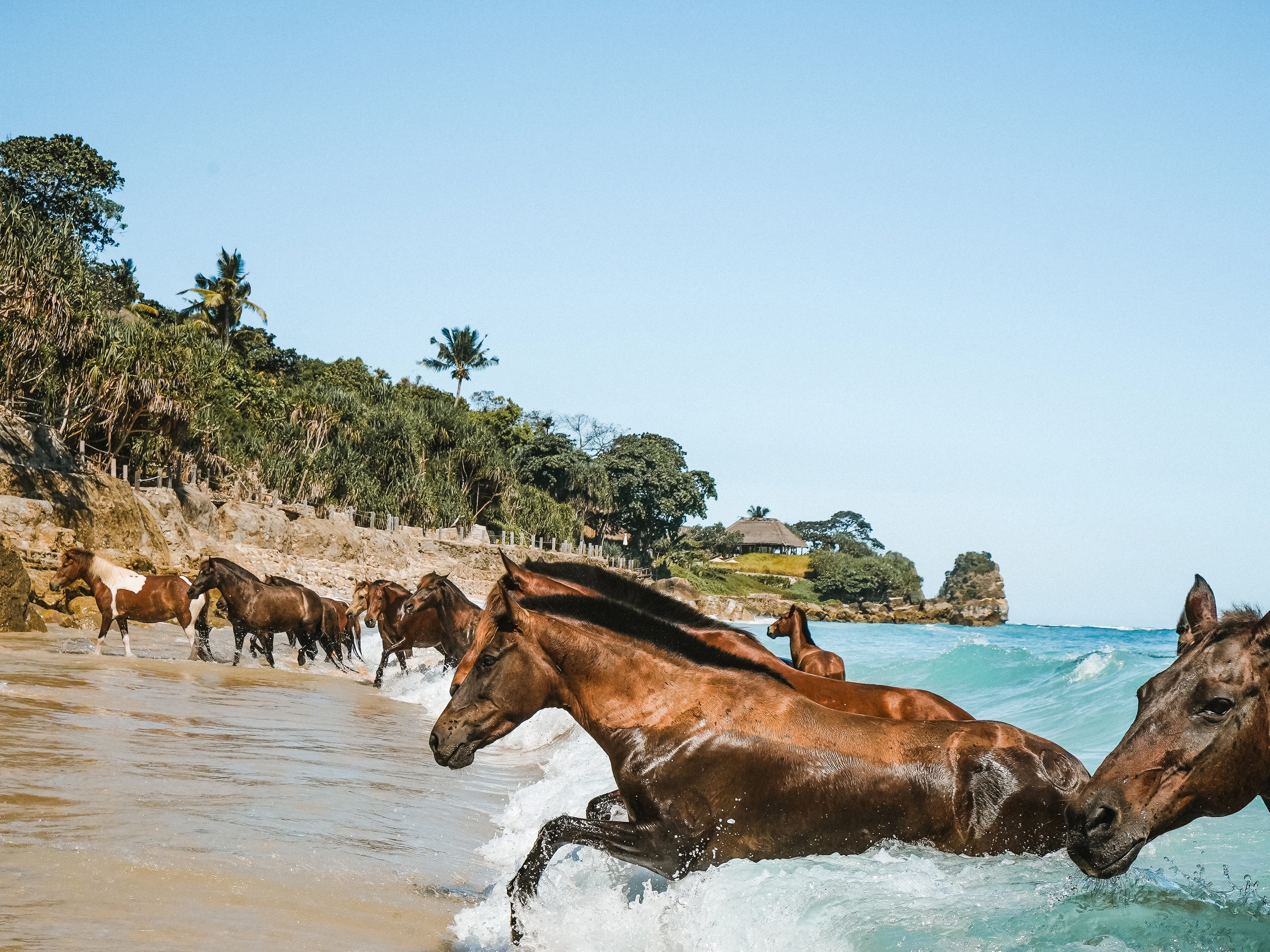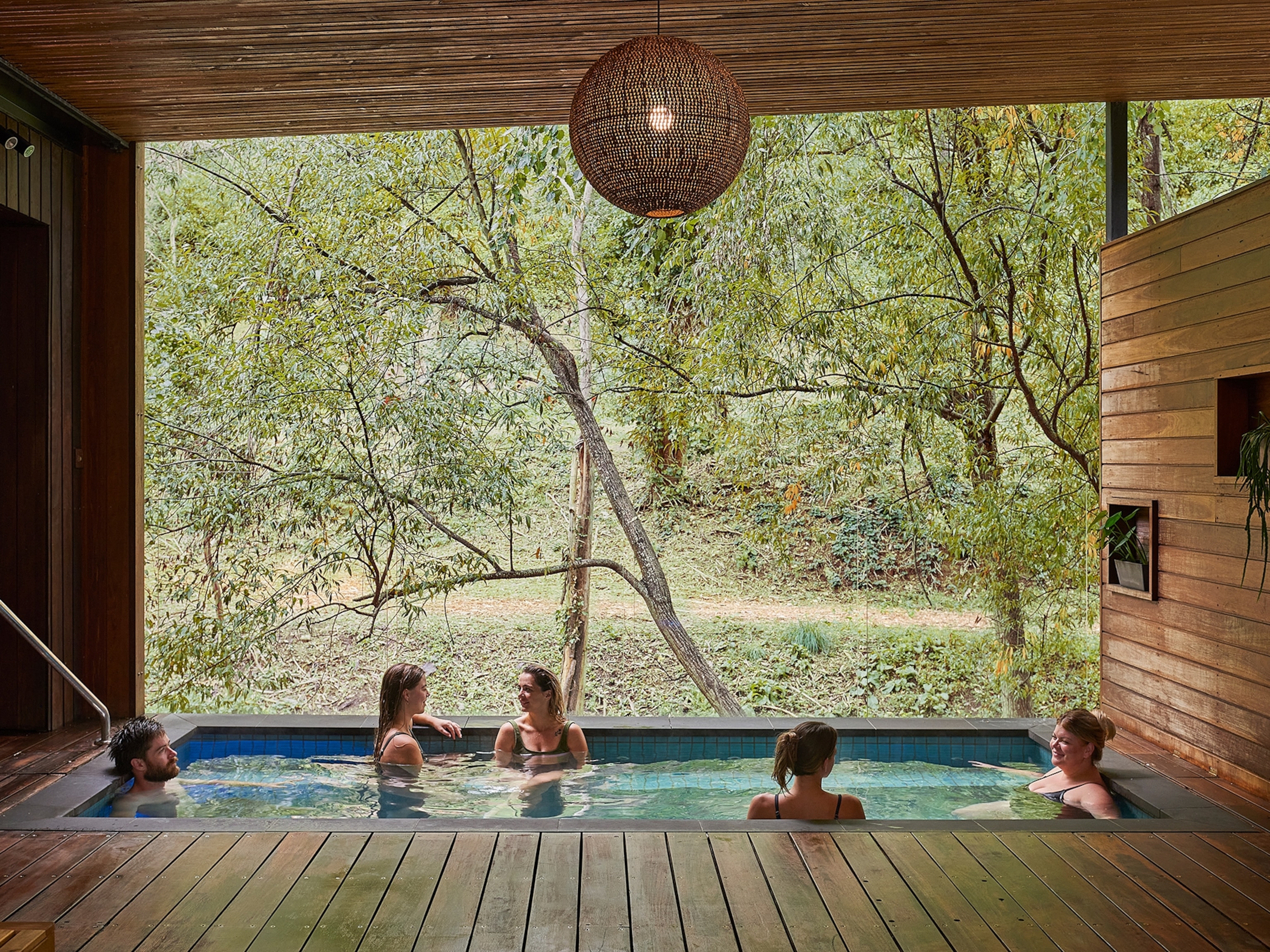Hot sauna, cold plunge. Here’s where to try contrast bathing
From Finnish saunas to Korean ice tubs, these spas specialize in the practice of alternating between intense heat and intense cold.
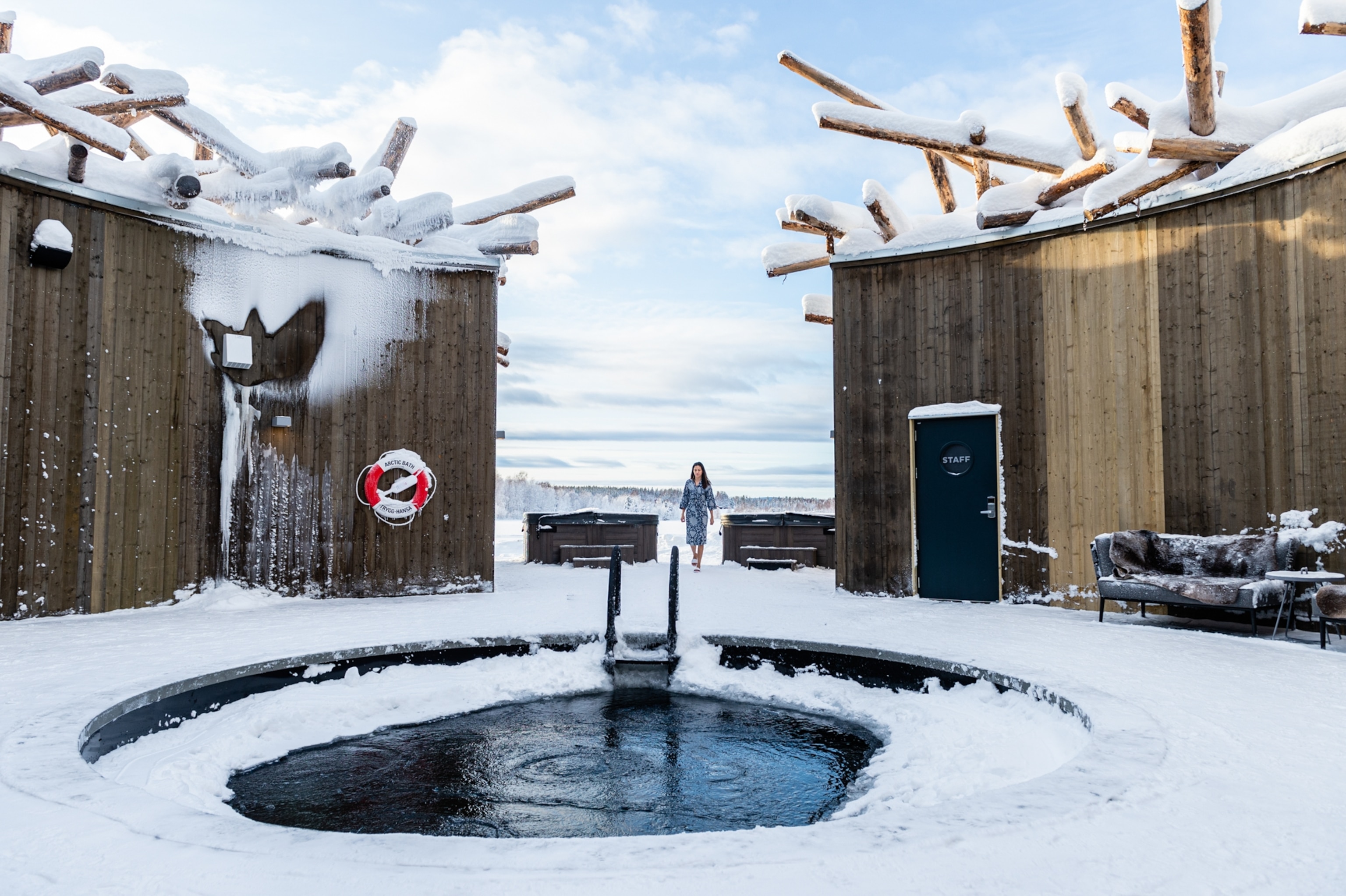
Many travelers have experienced the warming pleasures of a steamy soak at a Japanese onsen (hot spring) or a heated Turkish hammam. But they may not have jumped into the world of contrast bathing—the practice of alternating between intense heat (hot tubs, saunas) and intense cold (polar bear-style plunges or ice baths).
Contrast bathing is particularly prevalent during the winter in northern climates (think saunas in Finland or banya in Russia). Though it might sound slightly uncomfortable, subjecting yourself to extreme temperature shifts has physical and psychological benefits.
“It gives you a kind of jolt that can increase a feeling of well-being,” says Michael Fredericson, a sports medicine doctor and co-director of the Stanford Center on Longevity. “Although the mechanism is unclear, the improved mood may be related to the sympathetic nervous system.”
A 2022 analysis found subjects who immersed themselves in water between 23 and 60 degrees Fahrenheit found it to be a “highly effective tool for muscle recovery following high-intensity exercise.” That’s because warm water dilates blood vessels and cold water constricts them, increasing blood flow and oxygenation to tissues and speeding healing. “From a health benefit, there are many reasons to do it,” says Fredericson.
Here’s how to experience contrast bathing’s highs and lows in the European and Asian countries that perfected the ritual.

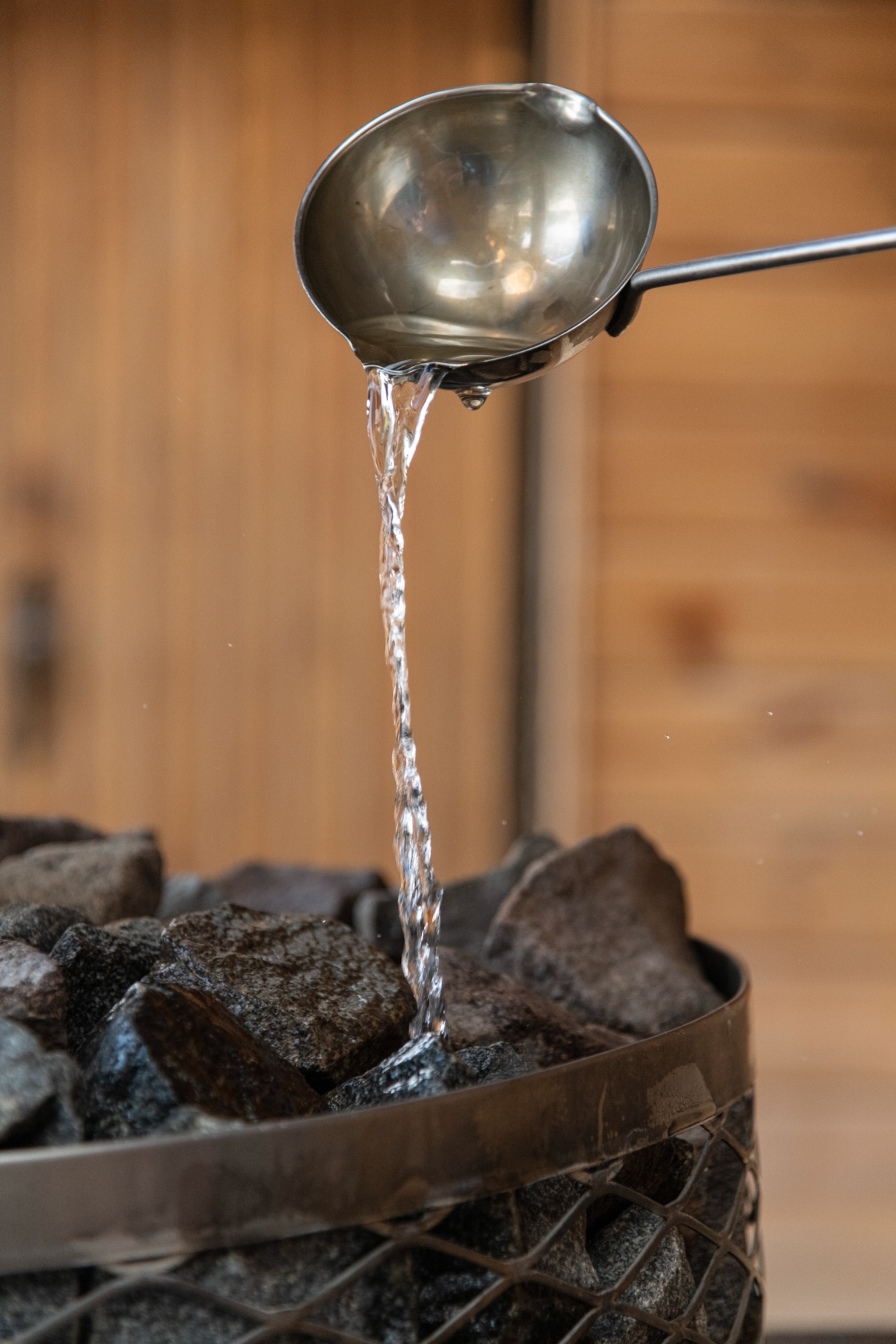
Explore the Finnish sauna tradition
Contrast bathing has recently started showing up at spas in North America, from Alyeska Nordic Resort in Alaska to The Spa at the Inns of Aurora in New York’s Finger Lakes region. But cultures in Europe and Asia have been doing it for hundreds of years—perhaps even longer.
Nordic countries such as Sweden and Finland are particularly hot on contrast bathing. “Saunas and sweat baths have existed since the time when humans settled in one place,” says Laura Seesmeri, a cultural heritage researcher at the University of Turku in Finland.
About 2,000 years ago, saunas in Northern Europe began as wood fire-heated pits covered with animal skins. They evolved into warming huts, and by the mid-20th century, electric stoves sometimes replaced smoldering embers as heat sources.
In Finland, the sauna is so intrinsic to daily life that UNESCO added it to its list of intangible cultural practices in 2020. The country—with a population of around 5.5 million—has about 3.3 million private and public saunas. They show up in national folklore: 19th-century Finnish poem the Kalevala depicts Nordic gods basking in the steam; saunatonttu (sauna spirits) are reputed to guard saunas and instruct users on their proper use.
“The sauna is considered to be the time between the everyday and the sacred,” says Seesmeri. Many Finns kick off their weekends with a sauna (heated to between 176 to 230 degrees Fahrenheit) on Saturdays, sweating until it’s unbearable before emerging to plunge into a cold lake, take a frigid shower, or simply roll in the snow.
Visitors can try the ritual at Löyly Sauna in Helsinki where wood-heated rooms in a sleek contemporary building come with views of—and easy access to—the chilly waters of the Baltic Sea. In southwest Finland, the simple Ispoinen Beach Sauna is positioned along the Pitkäsalmi Channel.
(Learn what a cold plunge does to your body.)

Try a Swedish cold bath
The Swedes also indulge in frigid swimming followed by sweaty saunas at kallbadhus (cold bath houses) on inlaid lakes, along the Öresund Strait, or abutting the Baltic Sea. These range from grand, historic bathing palaces such as the circa-1903 Kallbadhuset Varberg, a domed wooden confection perched on stilts over the water, to the contemporary Karlshamns Kallbadhus, which appears to float like a Scandi-modern spaceship above the sea.
In the far north of Swedish Lapland, the Arctic Bath hotel offers frosty plunges in the Lule River (accessed much of the year via a hole cut through thick ice) interspersed with time in indoor saunas and outdoor Jacuzzis.
People taking a kallbad usually cycle through hot saunas and cold water three times. “The first time you go into the sea, you cleanse the dirt from your body,” says Mia Jansson, a government spokesperson for the bathhouse-filled Skåne County. “The second time, following another 15 minutes in the sauna, you get rid of worries. Then, the third time you go in, you start to build something new.”
Embrace contrasts at a Korean spa
Asian cultures have long valued cleanliness, which led to a rise of bathing cultures from hammams in Turkey (known for their heated marble slabs) to South Korean jjimjilbangs. The latter may have roots in the 15th century, when Buddhist priests ministered to groups of parishioners in fire-heated, domed clay rooms resembling outsized kilns. During purification rituals, people reclined on mats soaked in water, which helped produce steam.
Indoor bathing culture developed in the early 20th century, partially due to the country’s occupation by the Japanese, who imported elements of their onsens. As Korea grew wealthier and more modern, people could afford private bathrooms at home. By the 1990s, jjimjilbangs had morphed from places to keep clean to places to keep up with friends and family.

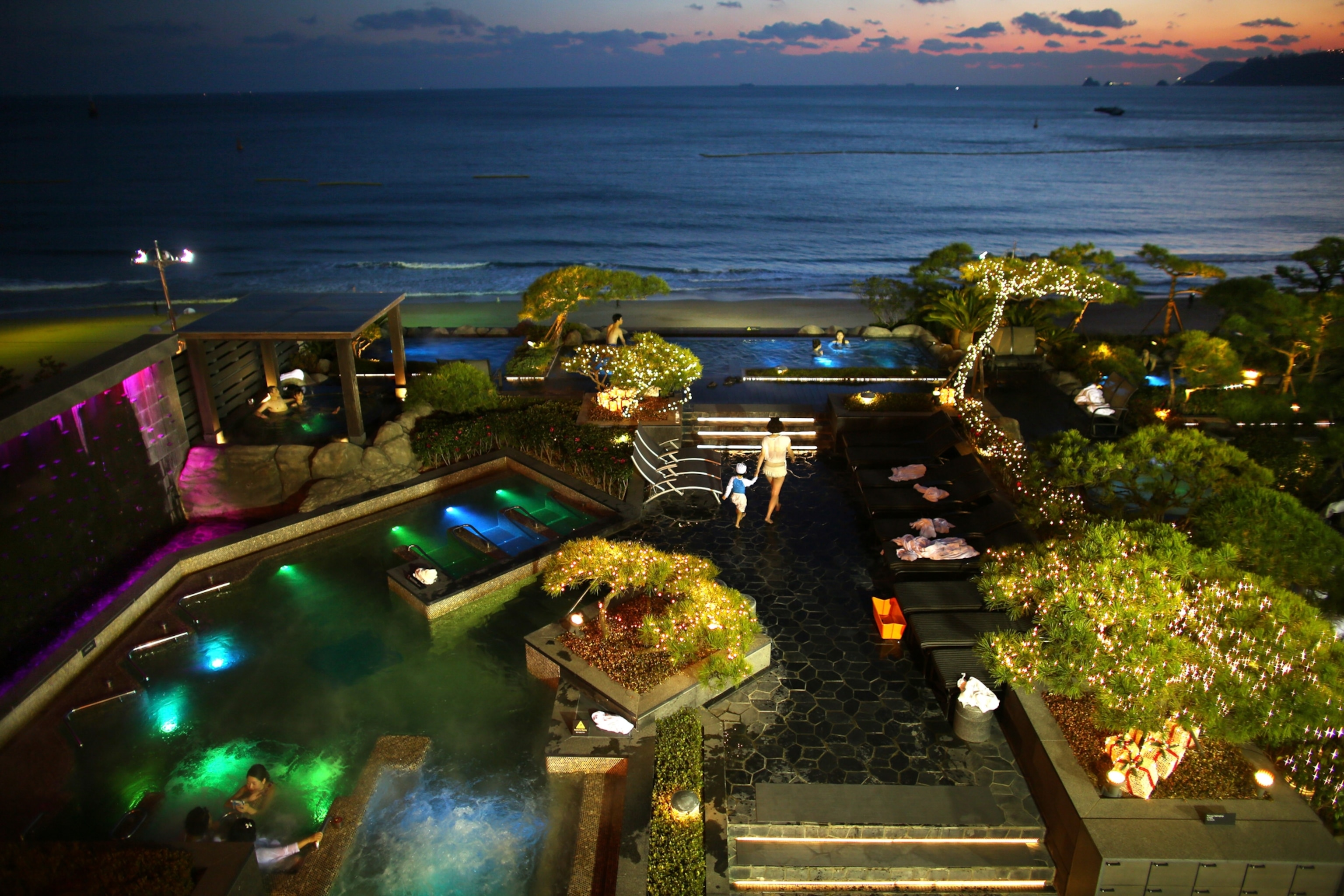
Many Koreans hold that switching between hot and cold “provides numerous health benefits,” says Lachlan Woodland, a travel agent with InsideAsia tours who frequently books jjimjilbangs for guests. “They believe it releases toxins, enhances the skin, and soothes aches and pains.”
(Feeling frazzled? These hot springs help you unwind.)
Modern jjimjilbangs contain multiple hot, warm, or cold plunge pools, saunas decked with different elements (charcoal, amethyst) meant to promote healing, and ice-lined chambers to chill things down. Families and groups stay for hours, lounging on heated stone floors called ondol and eating at onsite restaurants (pass the bibimbap). Intense body scrubs, not for the modest, are performed by attendants dressed only in their underwear.
There are thousands of jjimjilbangs around South Korea. Top bets include the throwback Insadong Spa & Sauna in downtown Seoul and Spa Land Centrum City in Busan. The latter is a sprawling complex with themed saunas (a Pyramid Room with tilted walls, a salt-lined one reputed to relieve arthritis symptoms). A few minutes from Seoul’s Incheon International Airport, Paradise City Cimer features two floors of saunas (salt, amethyst, charcoal), meditation rooms, and pools for decompressing before or after your flight.
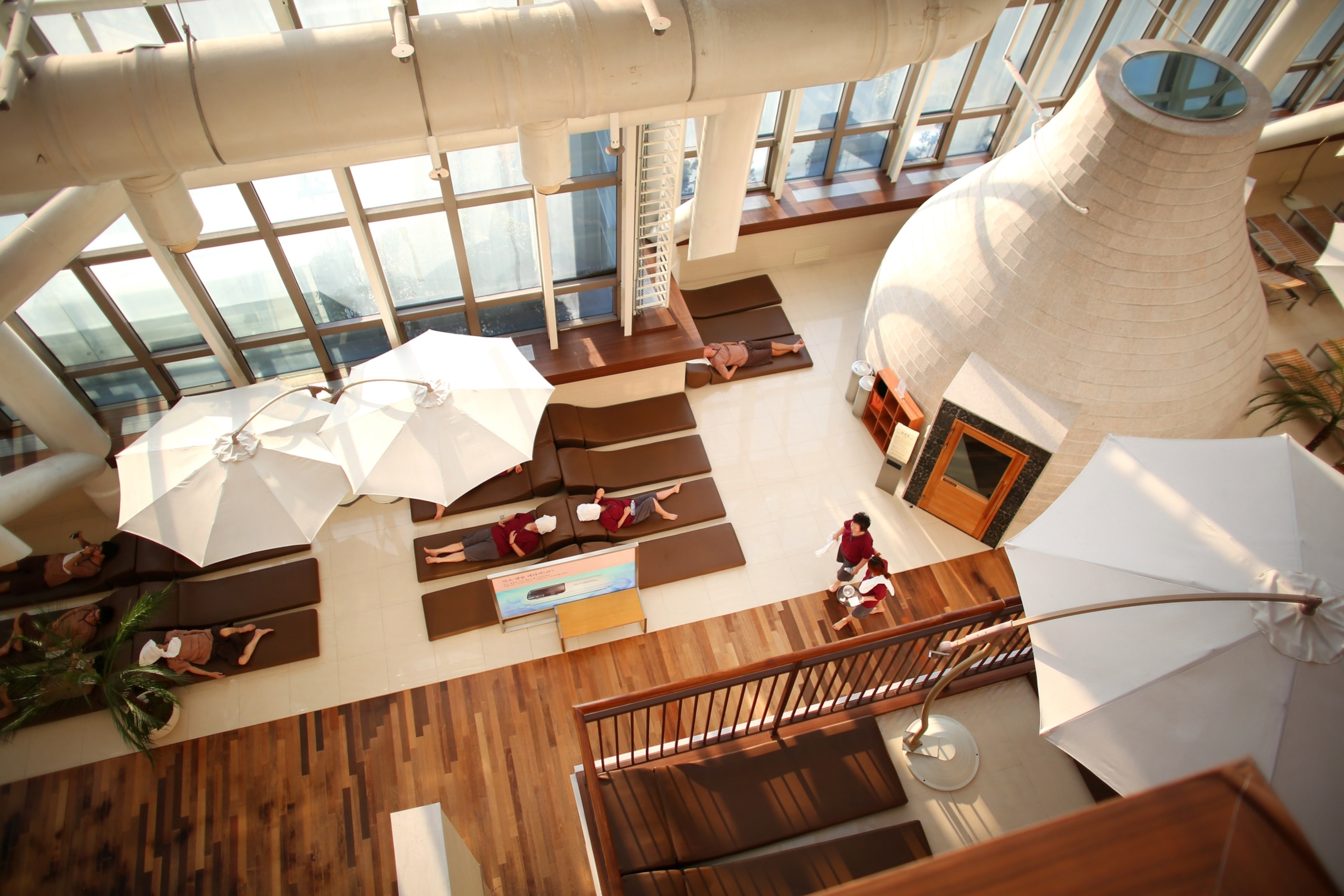
what to know
Alyeska Resort, Girdwood, Alaska
This ski and recreation resort amid the Chugach Mountains has a 50,000-square-foot Nordic Spa (open to overnight guests or day visitors) with a hydrotherapy circuit of saunas, hot tubs, and cold plunge pools.
Crystal Spa, Los Angeles, California
This Aveda concept spa in the heart of busy Koreatown has several themed rooms (Korean red mud, Himalayan salt), a dry sauna, and an ice-lined cool down room. Opt for the traditional scrub down before lounging in the jjimjilbang, a traditional Korean bath house with themed sauna rooms, a communal resting area, and food.
Durango Hot Springs Resort & Spa, Durango, Colorado
This resort under the Ponderosa pines in the San Juan Mountains holds heated pools and cold plunge areas. The spa’s Stone Cold Fire massage claims to relieve inflammation and swelling with hot stones to soothe muscles and chilled stones to narrow blood vessels.
Scandinave Spa Whistler, Whistler, Canada
Visitors to this woodsy spa in the British Columbia ski town can go on “thermal journeys” with dips in a 55 degree Fahrenheit outdoor pool followed by time in a dry sauna.
